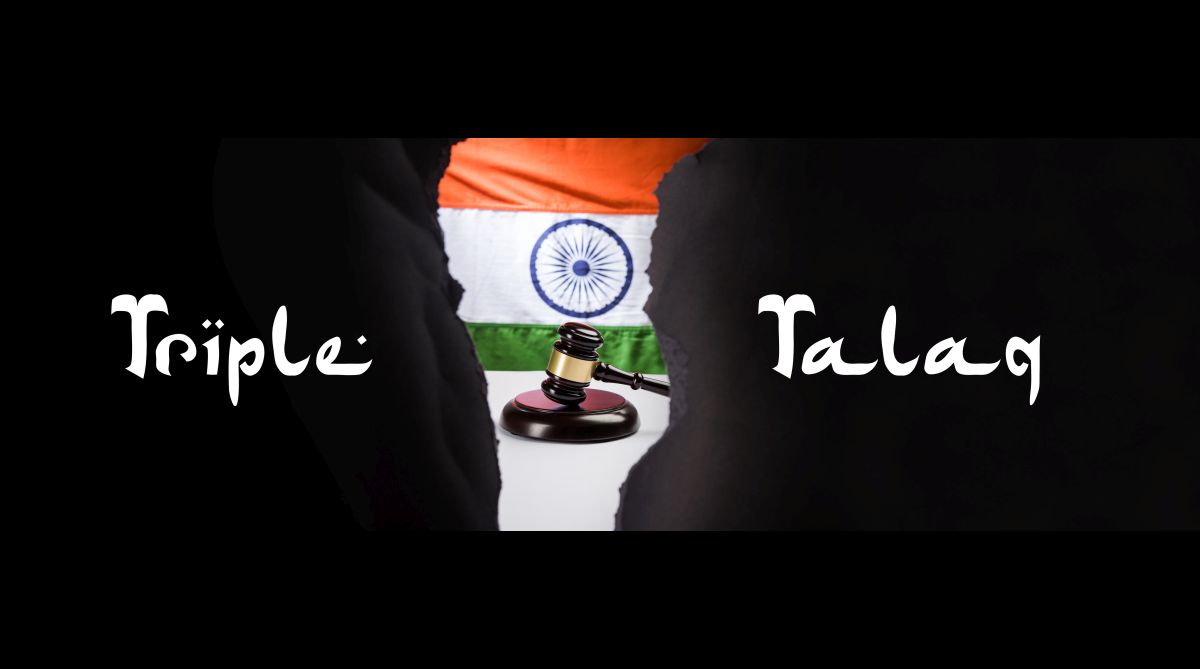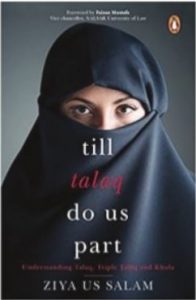Two women given ‘triple talaq’ outside Tis Hazari courtrooms, FIRs lodged
Two separate cases of triple talaq were registered at the Subzi Mandi Police Station, invoking the Muslim Women (Protection of Rights on Marriage) Act, 2019.
BOOK REVIEW | Ziya Us Salam’s book Till Talaq Do Us Part, which also has a short but insightful foreword by eminent jurist Faizan Mustafa, discusses all possible dimensions and types of talaq in Muslim marriages.

(Photo: Getty Images)
Triple talaq refers to a practice, where a Muslim man pronounces talaq three times to effect divorce. Its most corrupted version is instant triple talaq, where talaq is pronounced three times in a single sitting, often in a fit of anger. This practice is often cited to highlight the poor status of Muslim women, the patriarchal nature of Muslim societies and the regressive nature of Islamic laws. More recently, the issue of triple talaq has been discussed from all possible angles following the 22 August, 2017, judgment of the Supreme Court, which declared instant triple talaq invalid.

Despite it being discussed on all possible platforms very few people are clear about the issue. Majority of the people, including Muslims and non-Muslims, have a lot of misconceptions about the provenance, legality and types of talaq in Islam.
Advertisement
Ziya Us Salam’s book Till Talaq Do Us Part, which also has a short but insightful foreword by eminent jurist Faizan Mustafa, discusses all possible dimensions and types of talaq in Muslim marriages.
Advertisement
Thus Talaq-e-Sunnah, which includes Talaq-e-Ahsan and Talaq-e-Hasan, has the approval of the Prophet. Salam makes a distinction between the two.
“Under Talaq-e-Ahsan, the husband pronounces talaq only once during the wife’s clean period, without having established physical relations,” says the book. If, however, in the waiting period of three months there are physical relations between the husband and the wife, talaq is annulled, otherwise it is effected. In Talaq-e-Hasan, “the man pronounces one talaq only, but follows it up with another single talaq after the next menstrual cycle. If he repeats it for the third time after the next cycle, talaq is effective”. Talaq-e-Biddat (triple talaq in one sitting), on the other hand, is an innovation, which the apex court has rendered invalid.
All through the book, the author makes a clear distinction between the Quranic position on talaq and its corruption in common practice. His book highlights the fact that the procedure of talaq is very clearly laid down in Quran and something that is bad in theology must be bad in law also.
Salam highlights the fact that women have as much right in Islam as men to seek divorce. The discussion of Khula, which is women’s right of divorce, springs from Salam’s awareness about the attack on Islam for its alleged bias against women and his intention to remove many of those misconceptions.
Khula receives the author’s praise and he rightly hails it as the “first known instance in history where a woman has been granted the right to dissolve her marriage”.
Salam discusses some other ways open to Muslim women to get out of incompatible marriages. They include talaq-e-tafweez, mubaraat, faskh, khyar-ulbulugh and lian.
READ | SP leader says triple talaq saves lives of cheating women
In talaq-e-tafweez, which ideally should be formally mentioned in a nikahnama (marriage contract), a husband gives his wife the right to divorce him. Mubaraat is an out of court kind of divorce. In faskh, a woman can approach a Qazi to seek divorce if her husband has disappeared for a long period and she does not have any idea about his whereabouts. In khyarul-bulugh a woman can seek divorce if she had been married as a child and she wants to get out of it. And in lian, a wife can seek divorce if her husband wrongly charges her with adultery.
The bad practice of halala, in which a divorced woman marries another man and after consummating her marriage with him returns to her first husband, is categorically declared unIslamic by Salam. He very strongly argues that there is no sanction for this practice in the Quran and holds the corrupt and ignorant clergy accountable for perpetuating it, often for their own selfish interests.
A brief description of the procedure of talaq and the unlawful nature of instant triple talaq in more than 20 Muslim countries places the question in a larger perspective.
Interestingly, most Muslim countries don’t practise instant triple talaq. Among other countries discussed by Salam, he finds the talaq laws in Sri Lanka the most enlightened. Also interesting is the fact that most of those laws were made in the 20th century.
The landmark Shayara Bano vs the Union of India case is discussed at length in the book. Salam also sketches the biographical pictures and the difficult struggles of women behind the Supreme Court’s historic judgment. His book welcomes the judgment but also cautions about the problems for women, which the judgment has not attended to.
In a nutshell, the problem that Salam identifies in the book is ignorance of common people and the clergy about conditions of divorce mentioned in the Quran and his solution is to read the Quran.
(The writer teaches English at Aligarh Muslim University.)
Advertisement